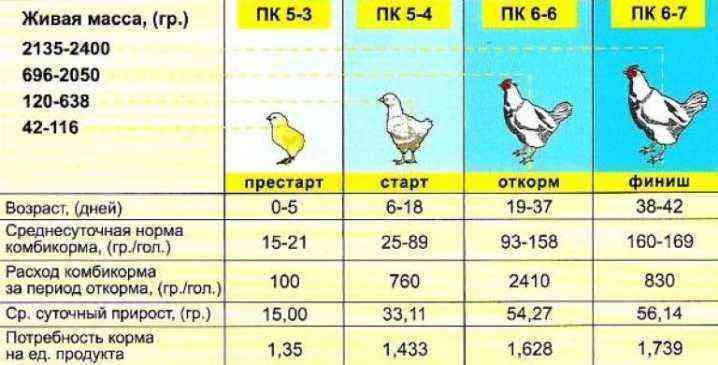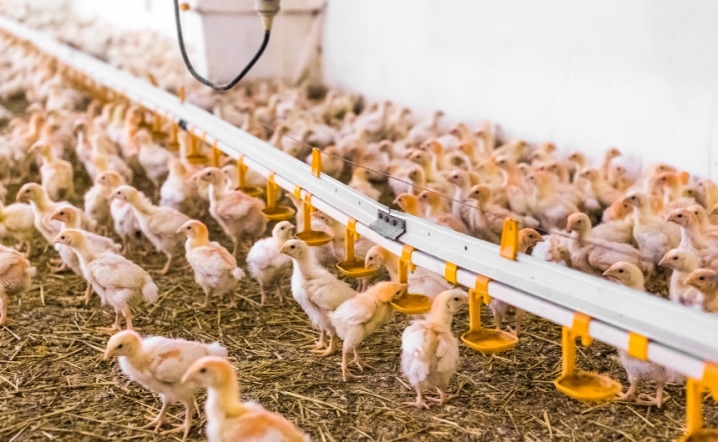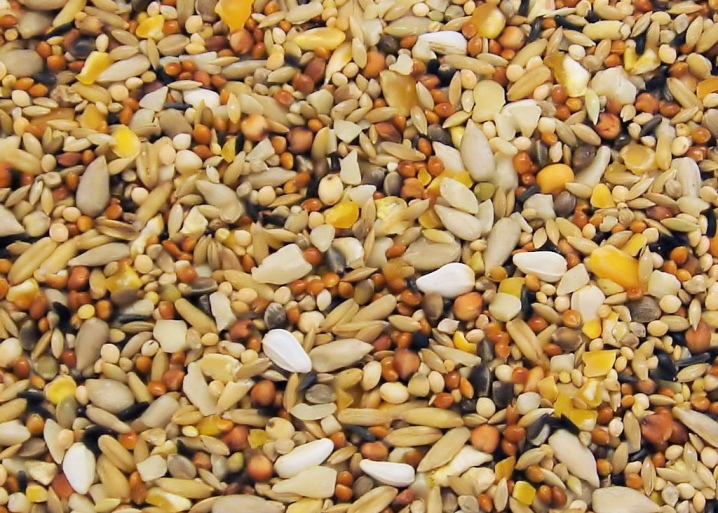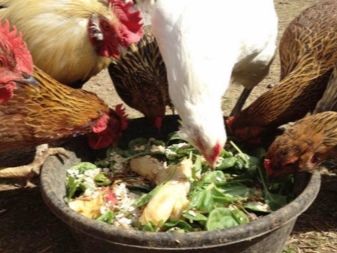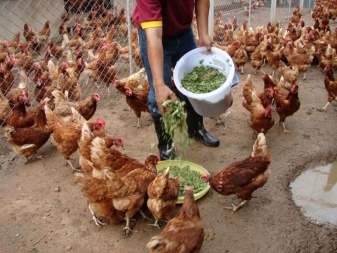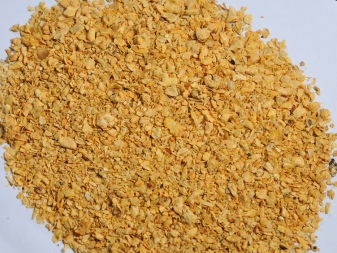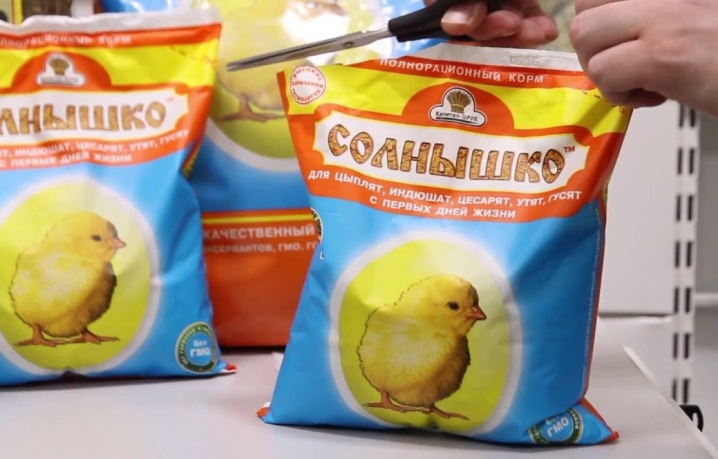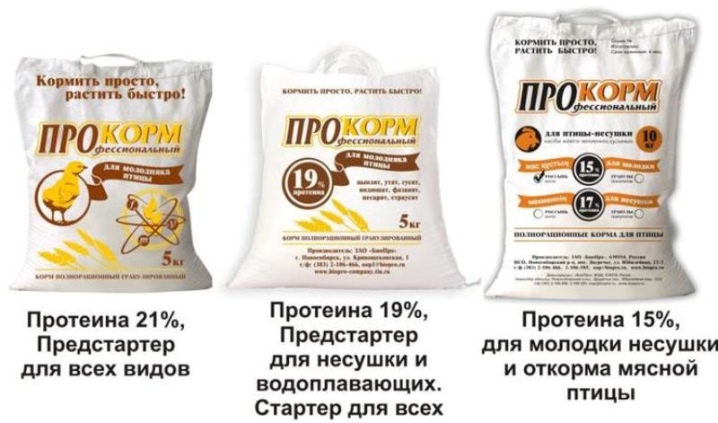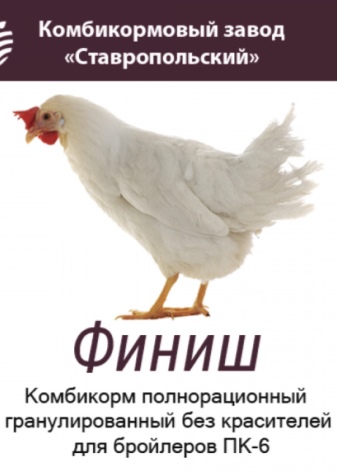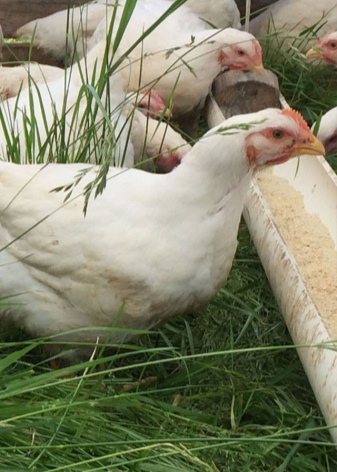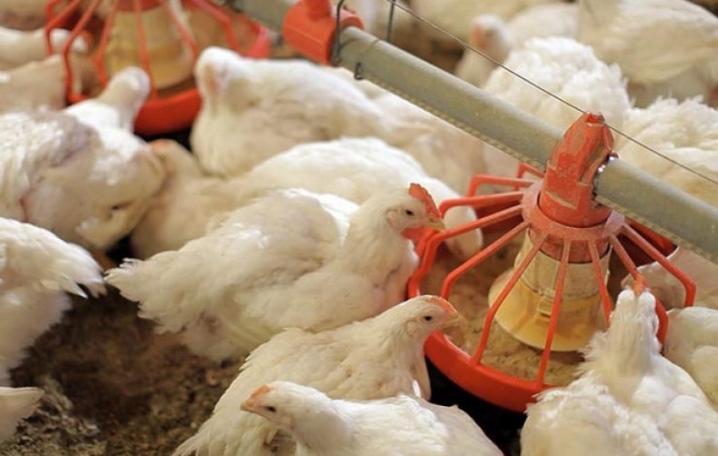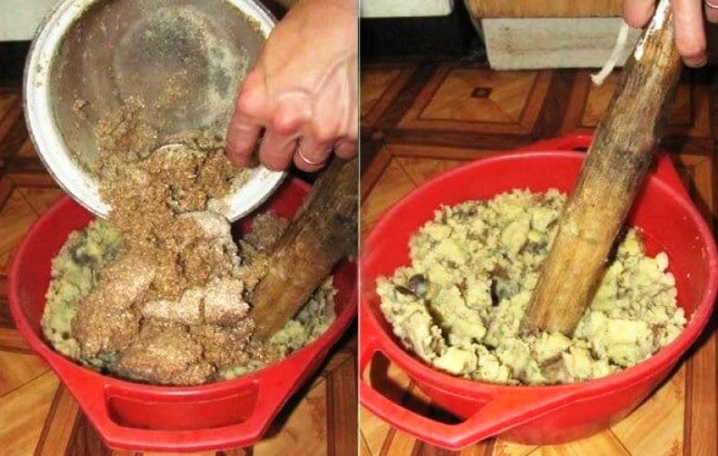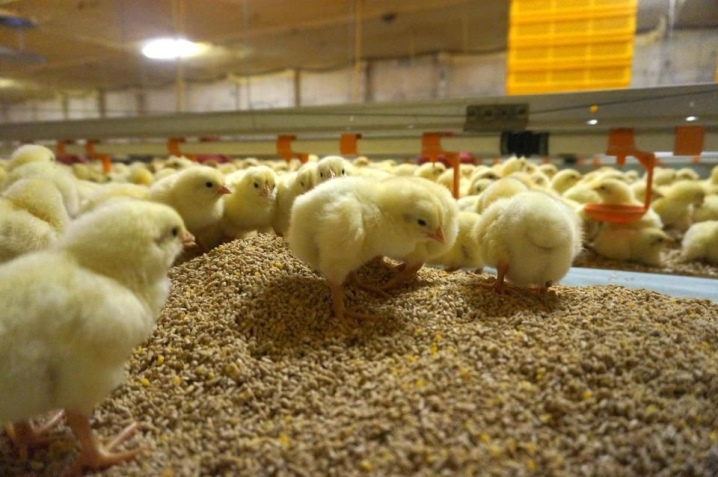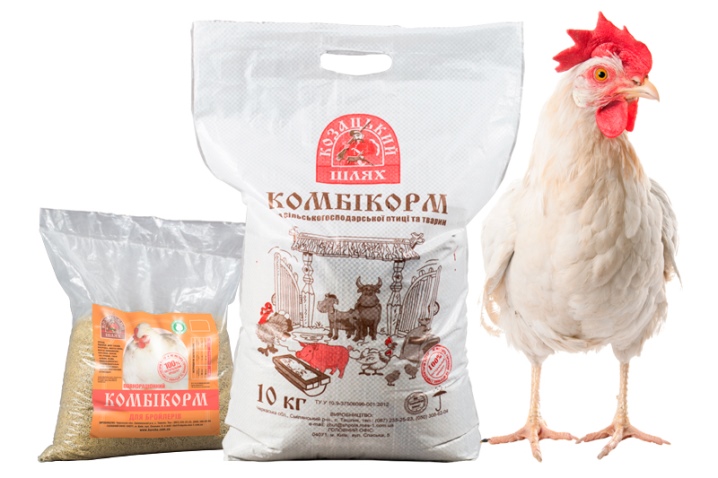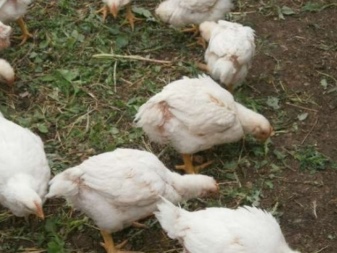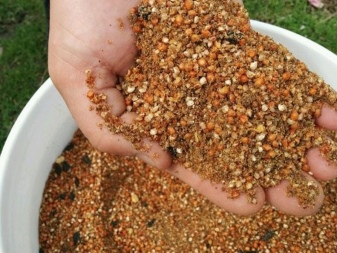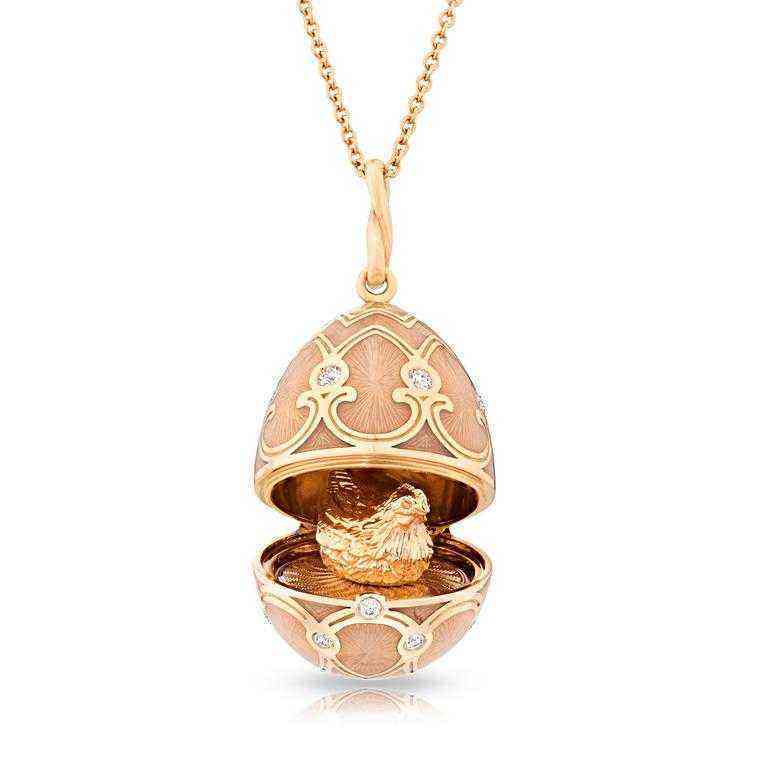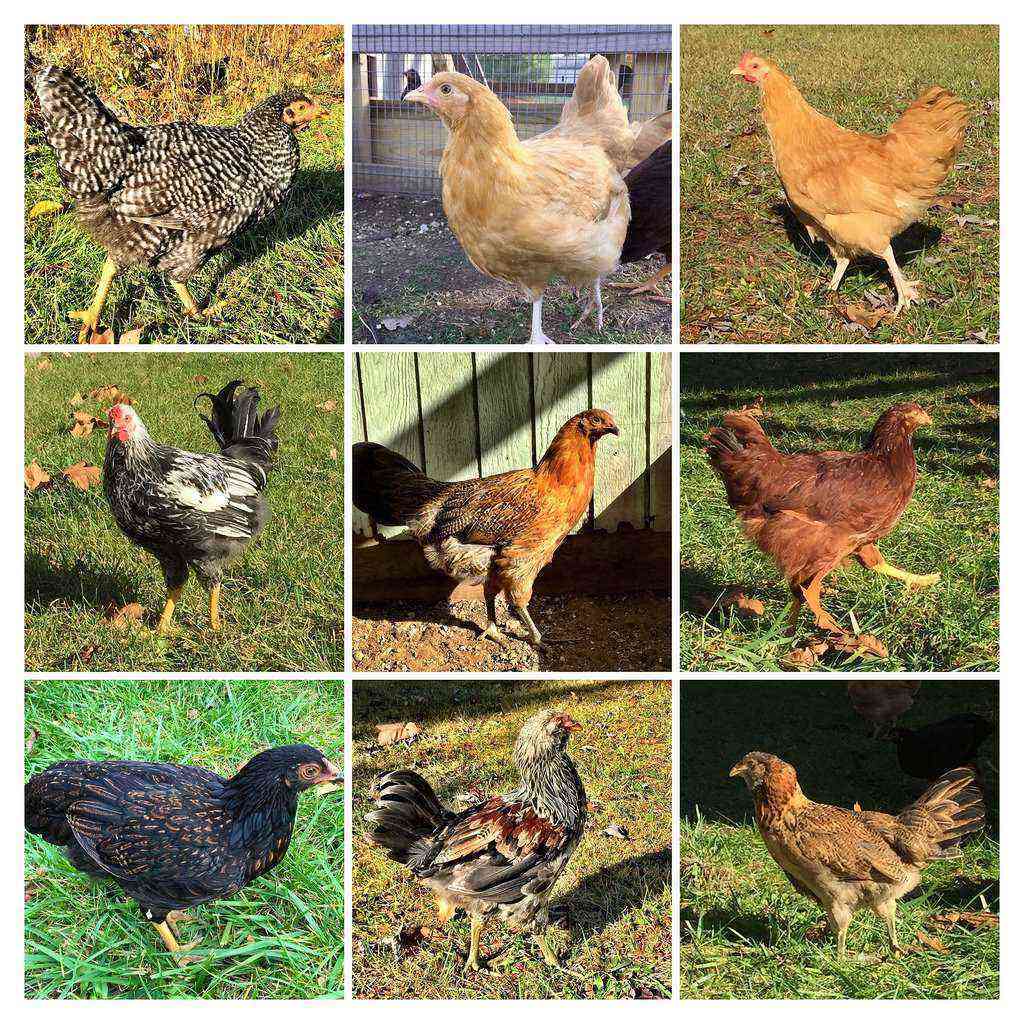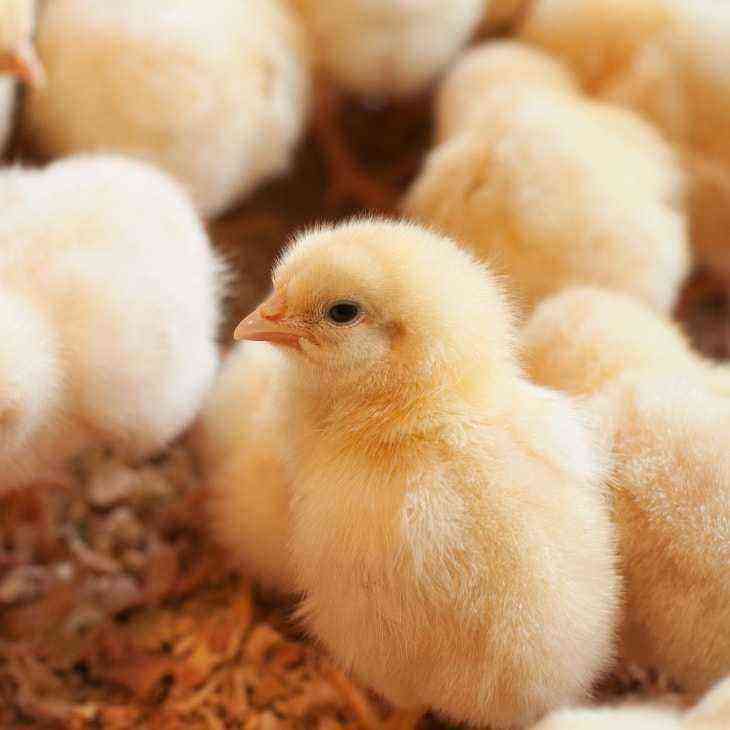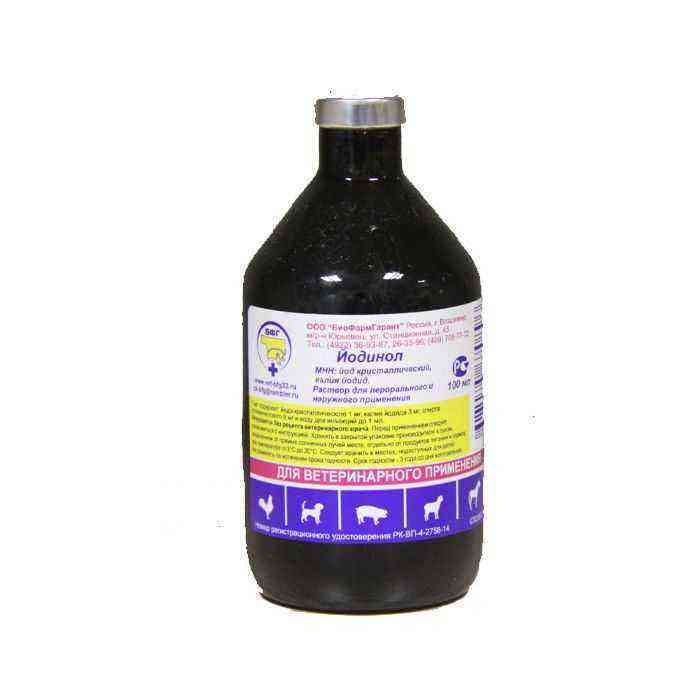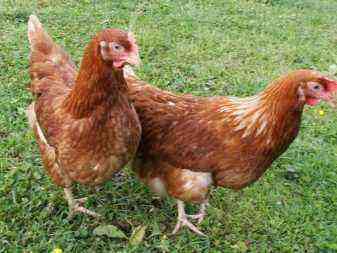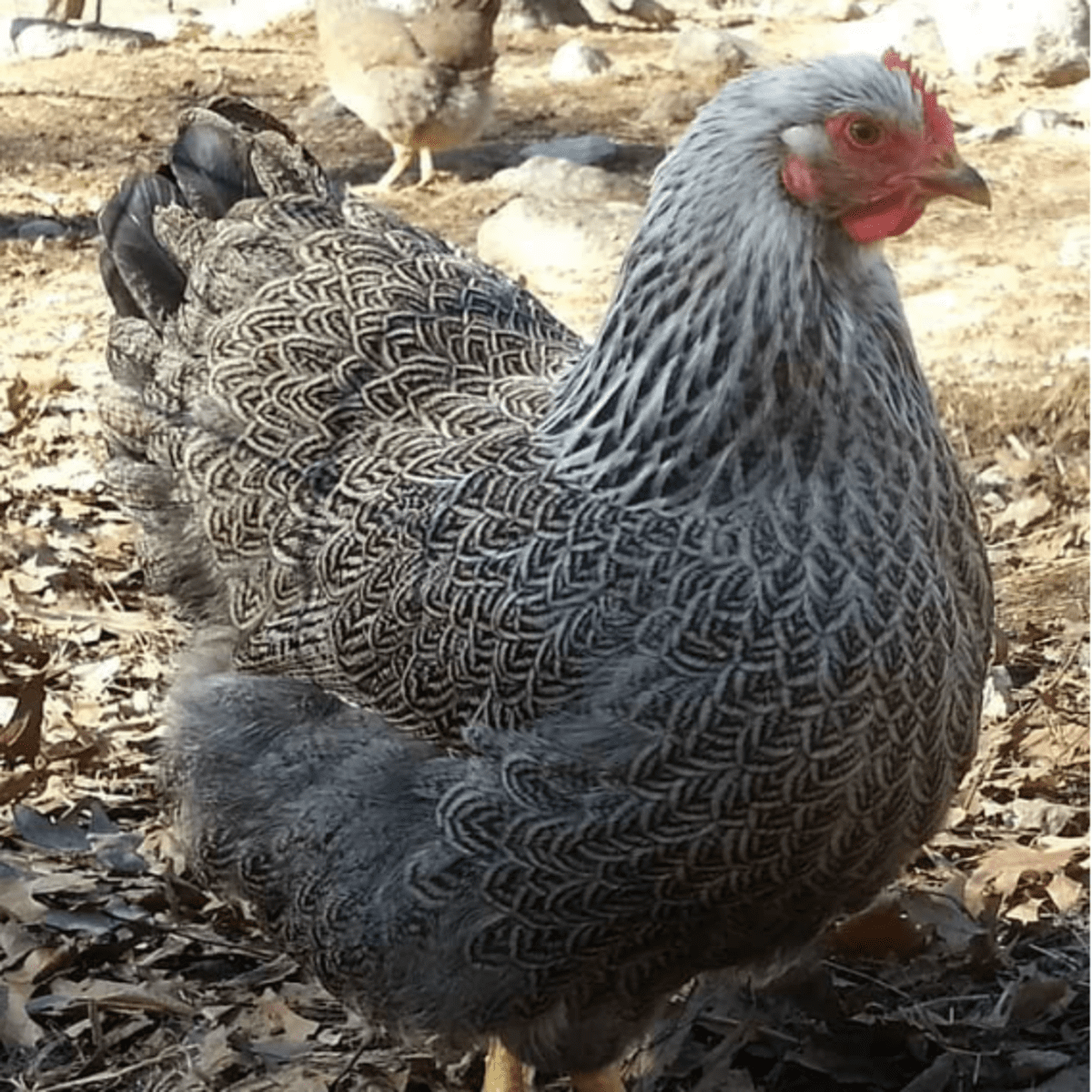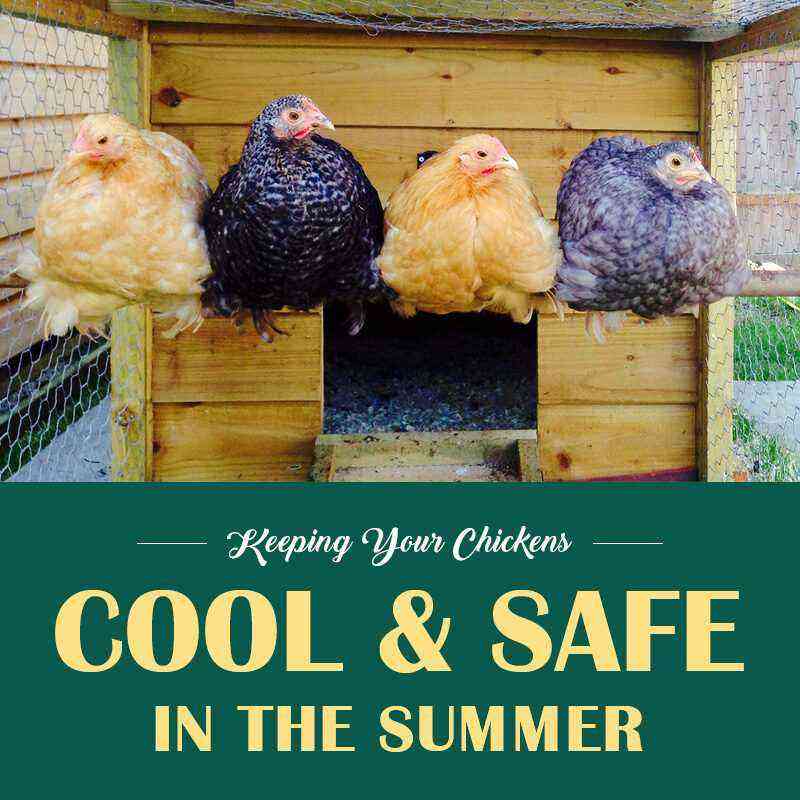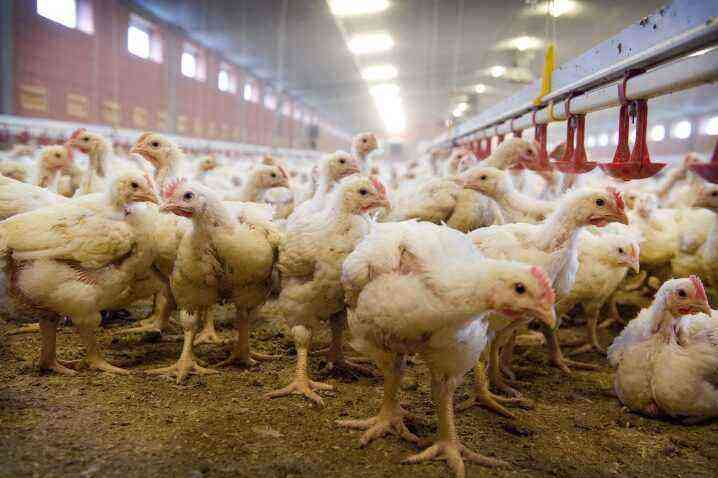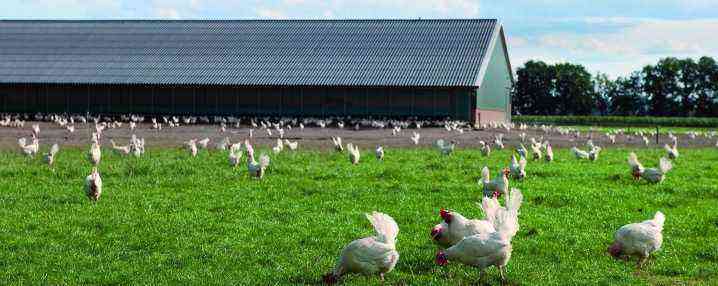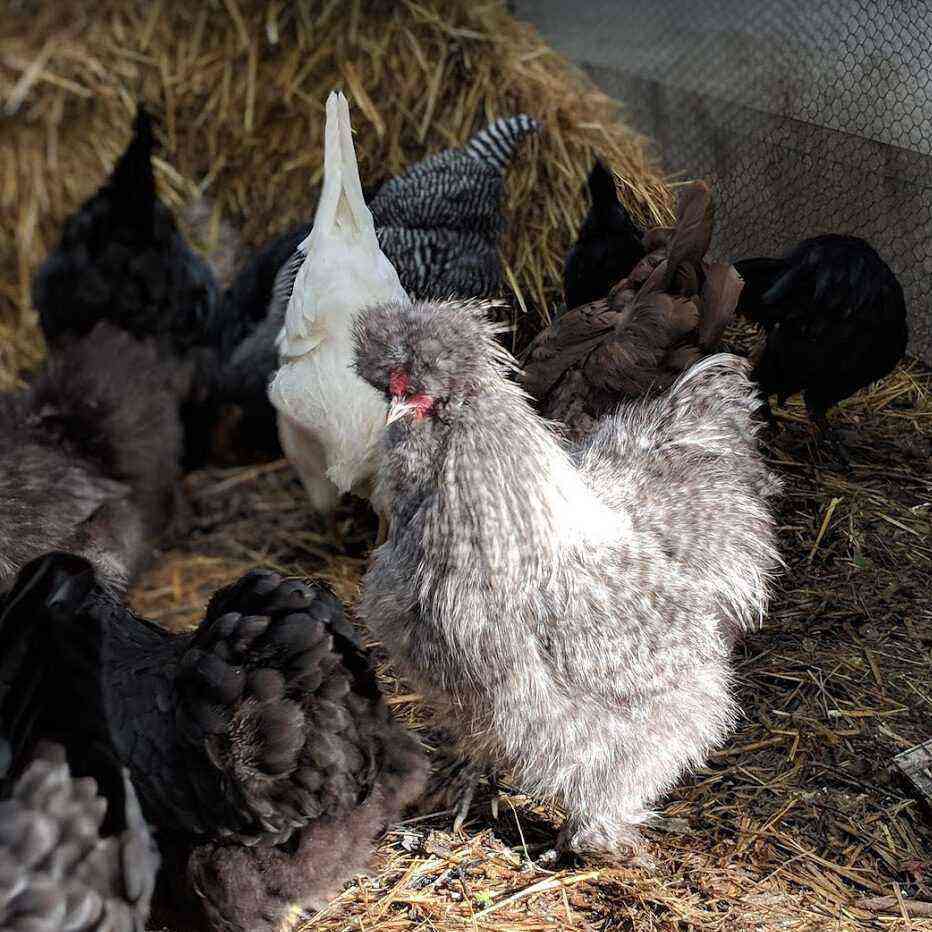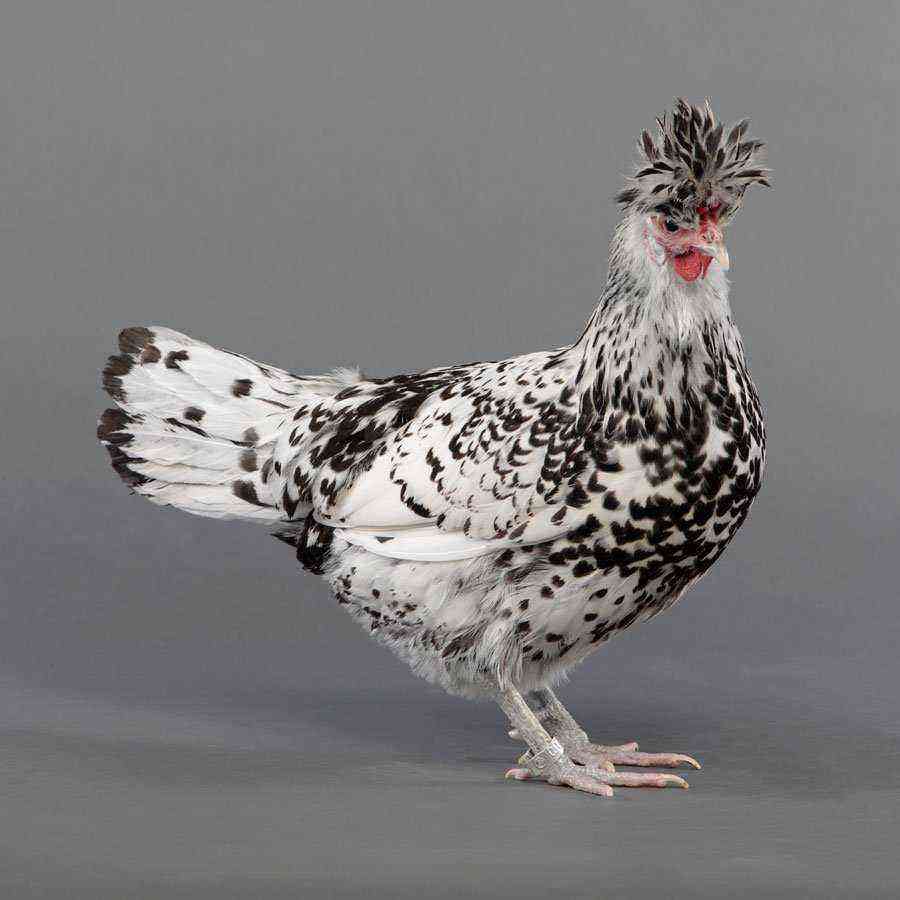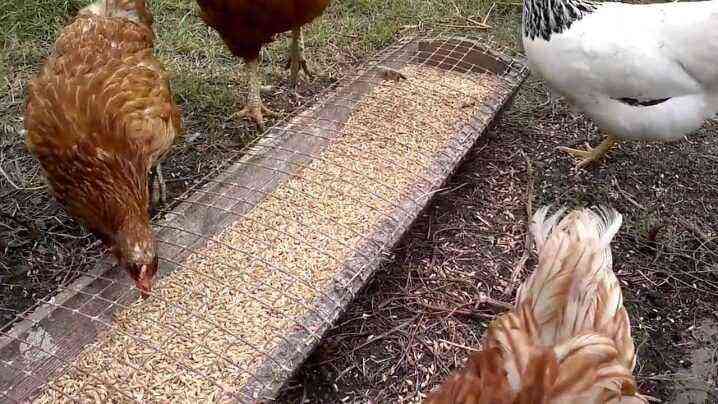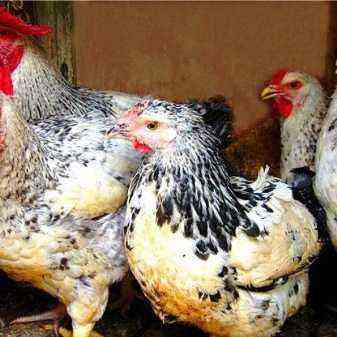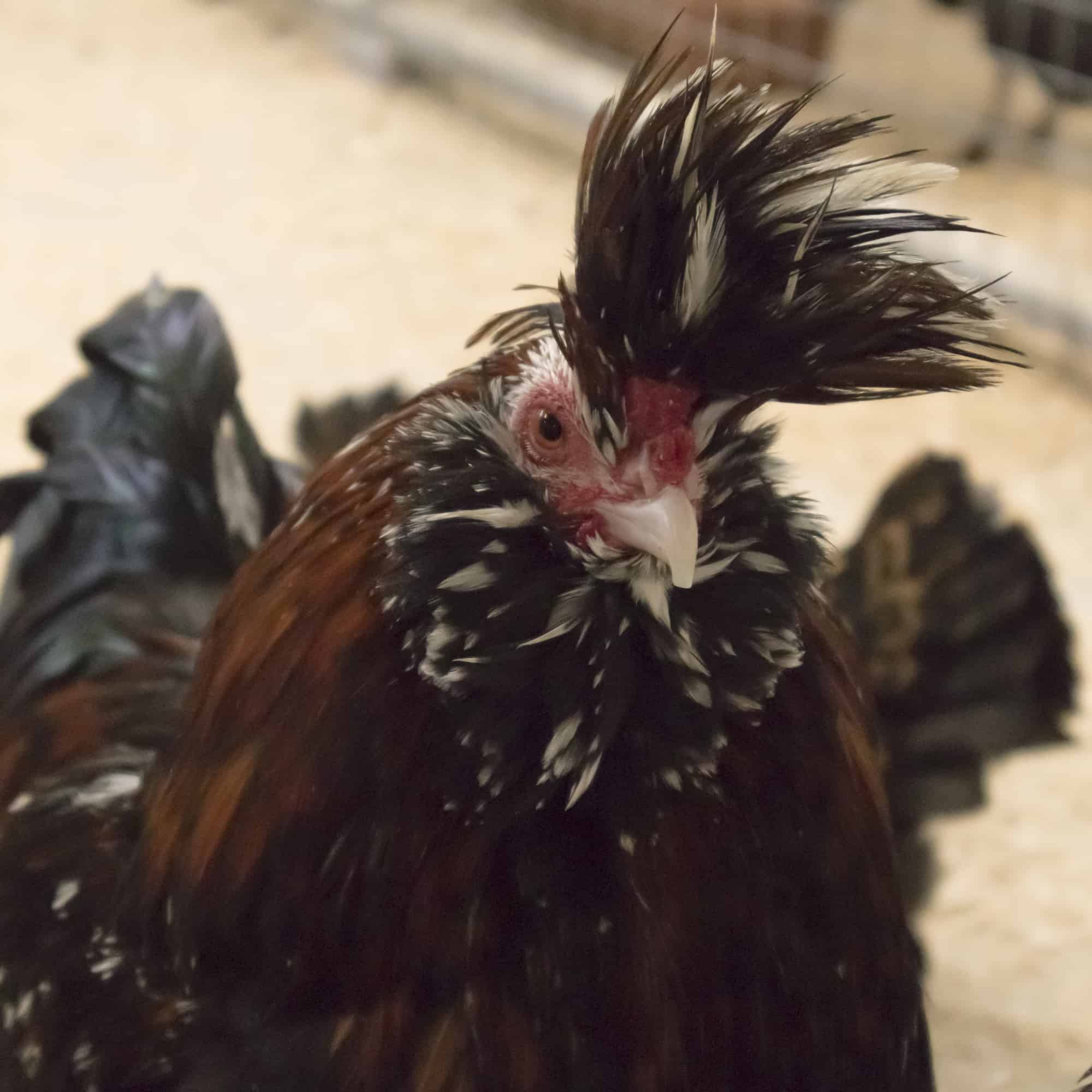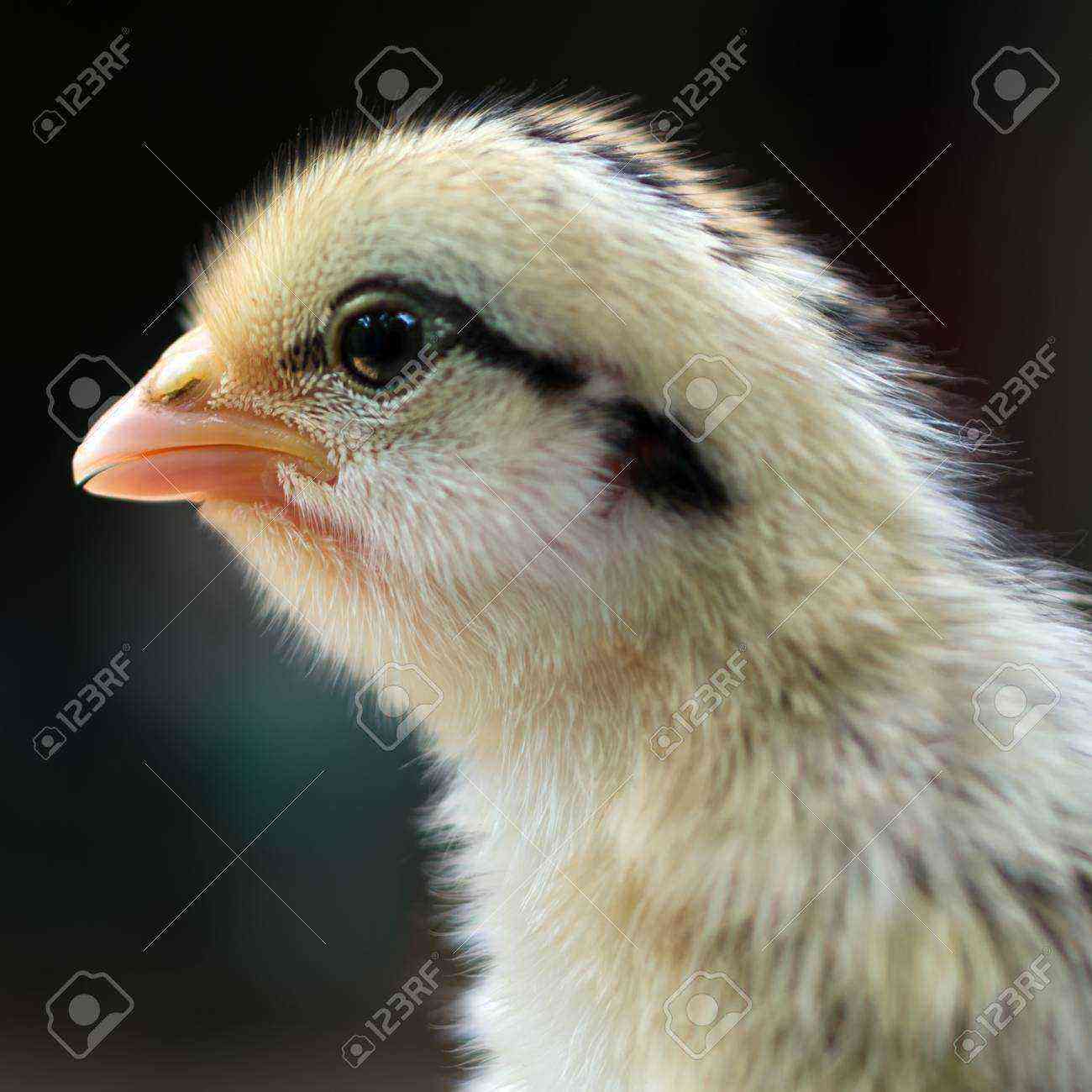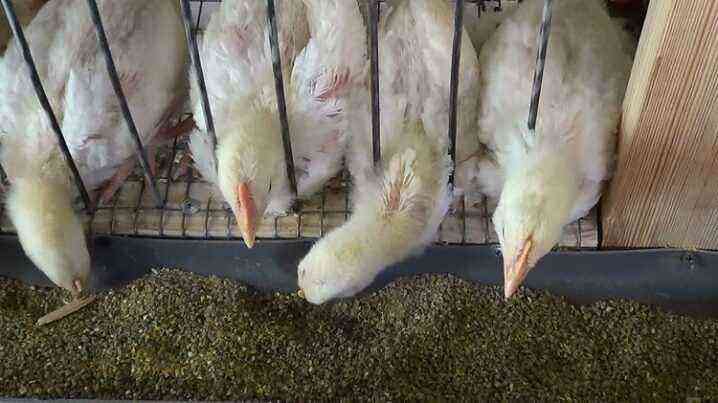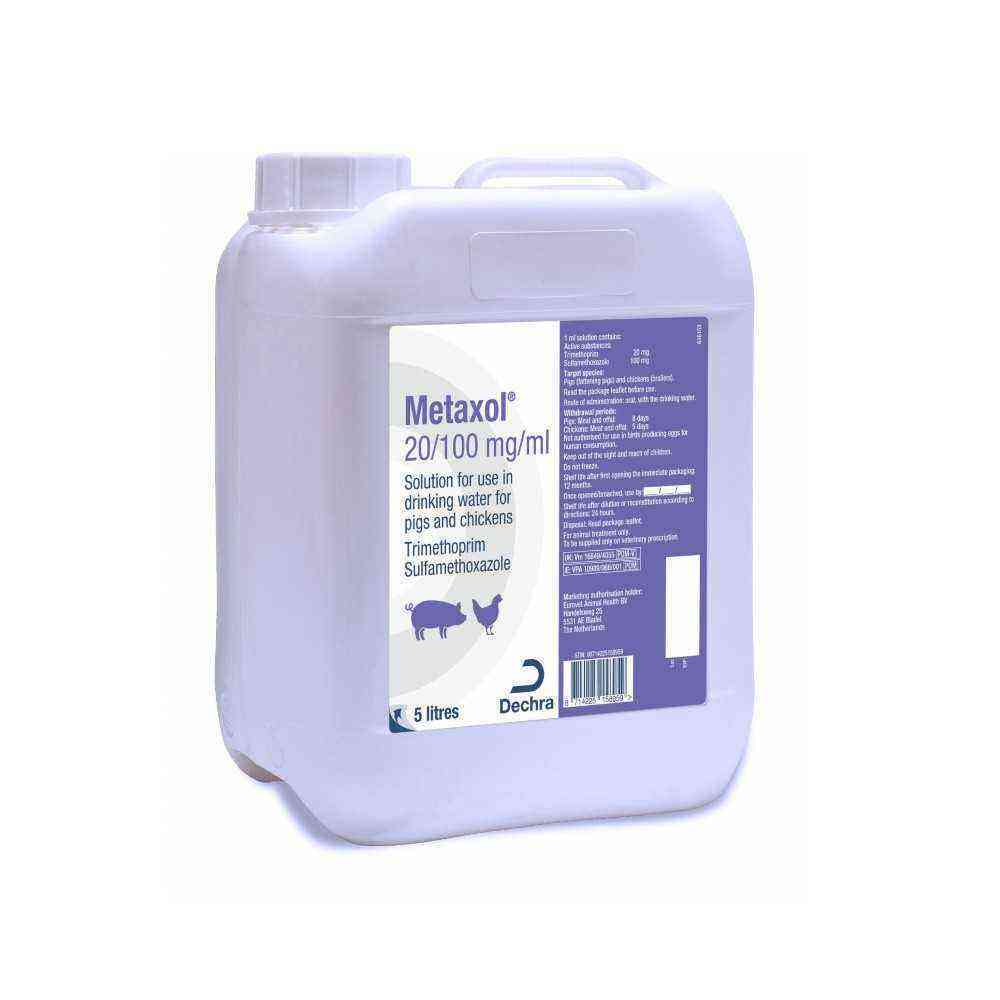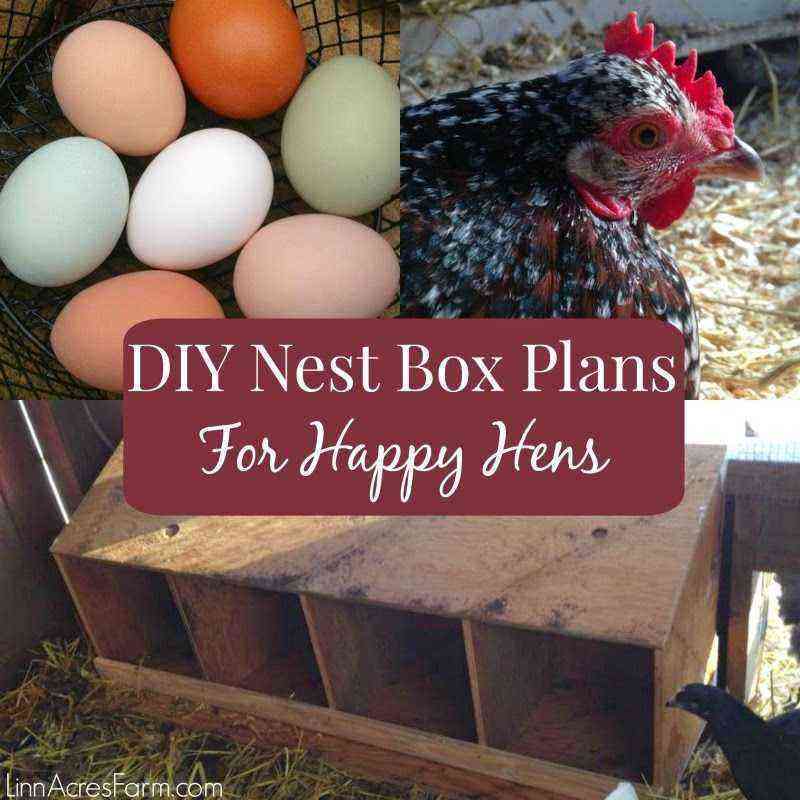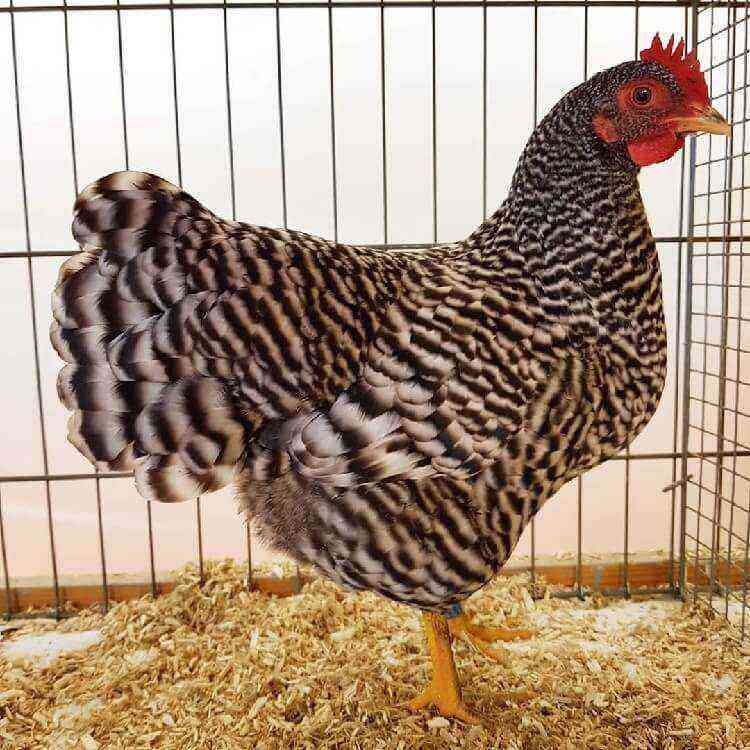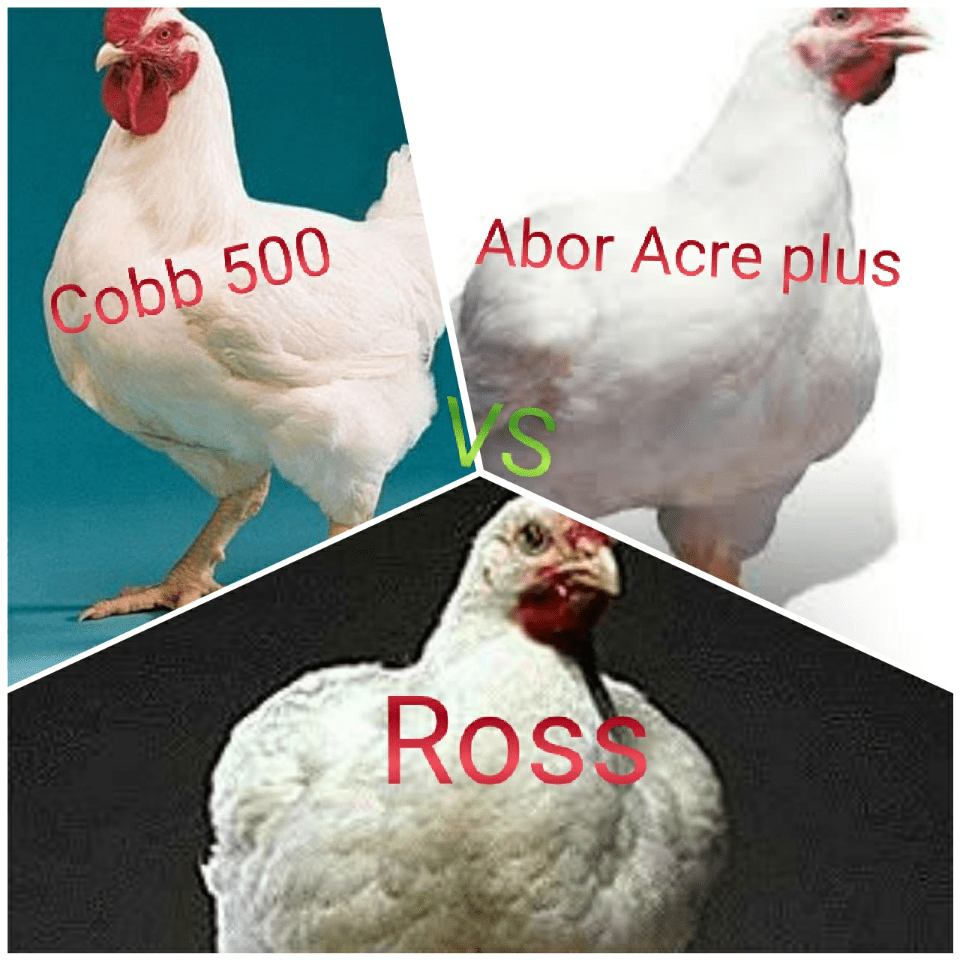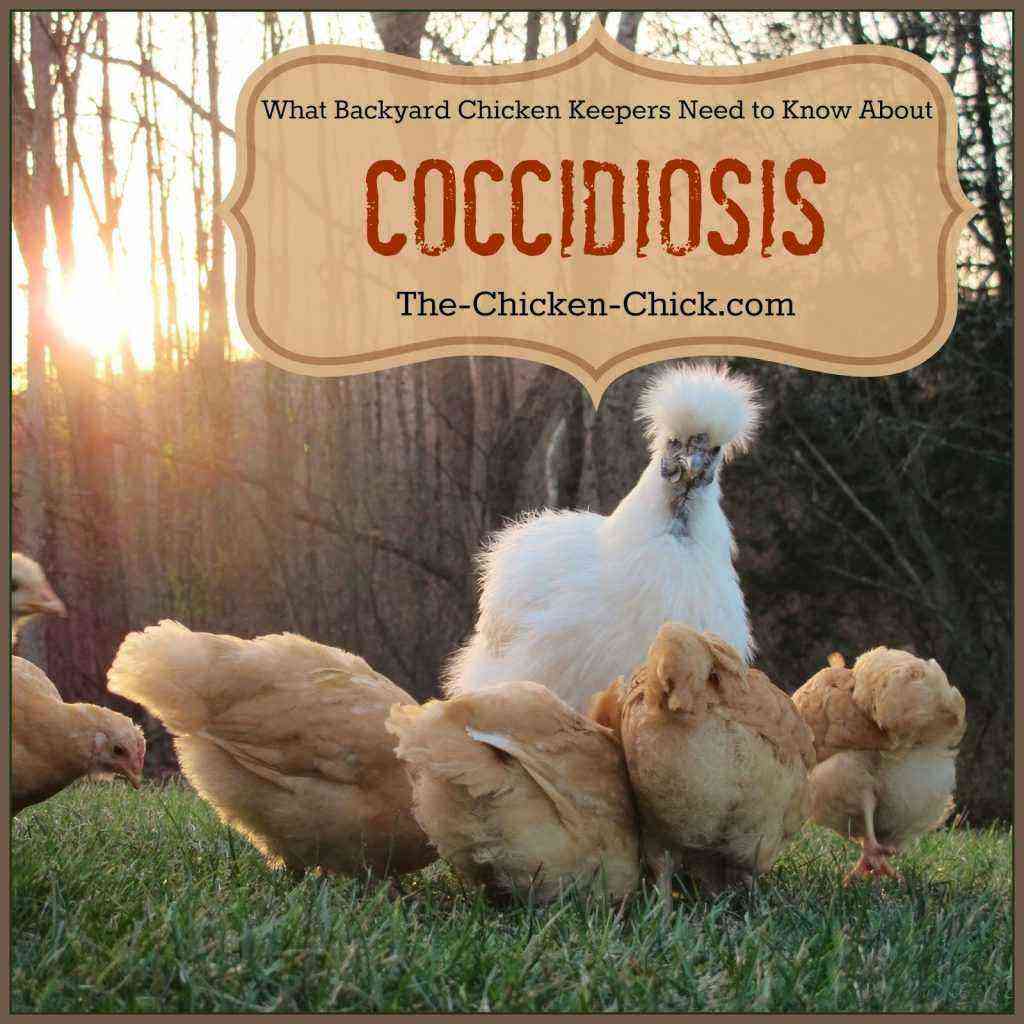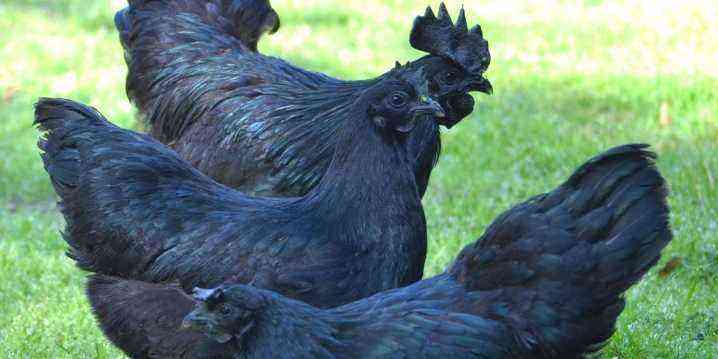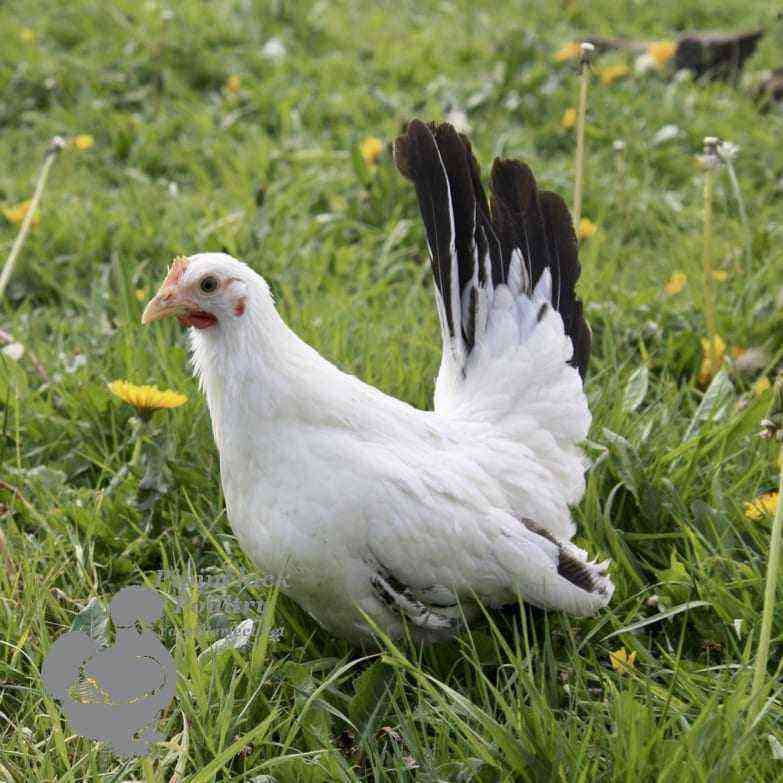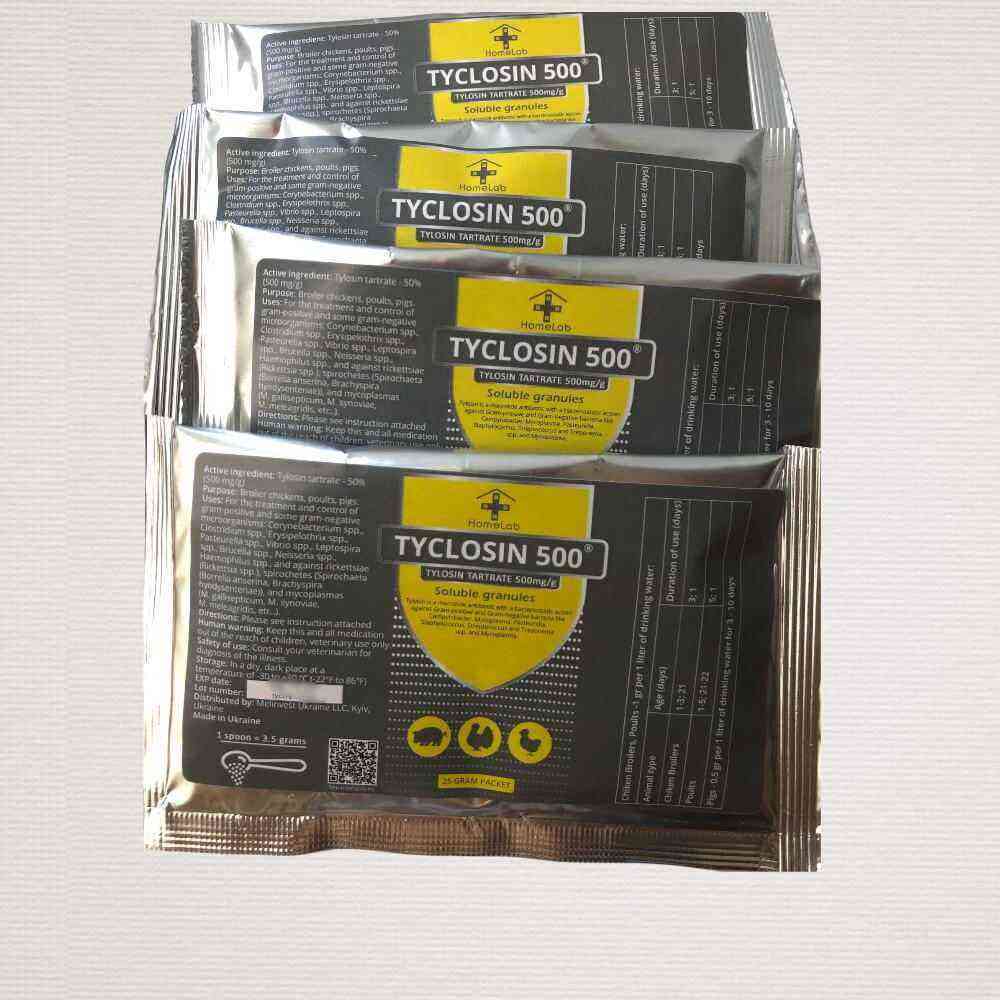Broiler chickens are today one of the most popular types of birds intended for breeding and slaughter for meat. They grow rapidly, and this allows them to recoup the costs invested in their feeding and development in a short time. You can achieve the maximum effect in the shortest possible time with the help of proper nutrition. What it should be – we will consider in our article.
Features of feeding
Feeding a bird such as a broiler has a special structure. Given the need for rapid weight gain, chickens must be provided with everything necessary. Usually this is done according to the scheme “Prestart” – “Start” – “Fattening” – “Finish”. The ratio of feed and water for broilers should be 1:1,7. The latter should be clean, fresh and have room temperature no higher than 22-23 degrees.
Feeding should be carried out periodically. This is done in accordance with the physiological characteristics: the feed passes through the chicken’s digestive system in a couple of hours, after which he again has a feeling of hunger. Also for the prevention of diseases of the gastrointestinal tract, chickens should be given a solution of potassium permanganate 2 times a week pale pink. Another feature that characterizes the process of fattening broilers is the presence of a certain length of daylight hours, which will depend on the age of the chicks.
Compound feed is usually used for fattening, but for good growth and rapid development, broilers need other categories of feed. The quality and quantity will depend on the age of the hen and the feeding time.
Required items
The diet of broilers should be as balanced as possible so that the result is good, and there is really a lot of meat. Any changes in nutrition can cause a decrease, or even a complete stop in the growth of broilers. There are different compositions of feed for the growth of chickens.
Its quantity is also important. For example, it is a misconception that you can only get by with mixed fodder – green fodder is also necessary. The daily rate for chickens should be determined based on their age. Only then will it be possible to grow excellent broilers.
If we talk about the necessary elements of feed, then its composition should contain the following ingredients:
- fats;
- barley;
- salt;
- corn.
The following foods should also be included in the diet of broilers:
- crushed grain, which will contribute to intensive development due to the presence of a whole complex of substances;
- fodder yeast – they accelerate growth;
- onion – helps to remove worms, which also has a good effect on the growth of birds;
- wormwood – improves appetite and accelerates growth;
- root vegetables and dandelions – are a source of vitamins;
- cottage cheese, boiled fish, meat and bone meal – trace elements give strength and promote growth.
Recommended food
Recommendations for the composition of the feed will directly depend on the age of the chickens. In different weeks, its composition can vary significantly. The simplest option would be to feed them with starter feed until the age of one month, and then finish. At the same time, there should be 23% protein in the starter, and 2% less in the finish.
A more difficult option would be feeding with 3 types of compound feed. In the period up to 3 weeks of life, chickens are given starter feed to gain weight. The next 2 weeks they need to give growth, and from the 35th day of life – the finish.
Farmers and experts call the 4-step option the most effective scheme from the first days for rapid growth and good weight gain. In the first stage, which lasts from birth to day 5, chicks should be properly fed. They do not yet have a properly adjusted digestive system, which is why they need specially designed mixtures. It would be better to use pre-start compound feed (PC-5), adding 3-5% of powdered milk or skim milk to it.
This option is different in that it contains a high concentration of nutrients along with cereals, soybean meal, sucrose and carbohydrates.
You can make pre-launch feed with your own hands. To do this, you need to take the following ingredients:
- dry reverse;
- soybean meal;
- finely ground corn;
- finely chopped wheat.
If we talk about proportions, then the first two ingredients should be 10% each, and the last two – 40% each. Before the chicks are one month old, grain feed, as well as various ingredients for its preparation, should be sieved. Otherwise, the films that it contains can cause blockage of the muscular section of the chicken’s stomach and lead to his death.
At the second stage, from the 5th to the 18th day of life, the feed should be replaced with the starting one. Its composition is almost no different from the above, except for the ratio of ingredients. Fats, fodder yeast and various types of flour are also added here. It is produced in the form of granules.
At this stage, feeding chickens at home should be supplemented with mineral compounds so that the birds grow really massive. In addition to compound feed, chicks should be fed a mixture of salt, bone meal, feed chalk and defluorinated phosphate.
If during this period food prepared by oneself is used, then premixes must be added to it. They should contain vitamins and amino acids. If there are not enough of them in the body of chickens, then the development of bone tissue will go slower than muscles, and as a result, the birds will simply break their legs.
The third stage takes place in the period from 19 to 37 days of life. By the beginning of this period, the digestive tract of chickens is completely formed, which is why their appetite increases. It is during this period that weight gain in chickens will be the most intense.
It is best to feed chickens with food that will have the maximum carbohydrate content and the minimum protein content. These requirements are met by growth-type feed.
Somewhere by day 30, chickens can already be fed not only with compound feed in granules, but also with mashes made from crushed grains of various cereals and legumes. You should also add meal, herbal flour or fresh herbs and boiled root crops to the mixers. It will not be superfluous to add fodder yeast and various types of flour there.
The last stage lasts from 38 to 45 days. During this period, broilers begin to eat worse, and their growth slows down. For this reason, broilers are usually fed up to day 45, after which they are slaughtered. That is, according to the norms, their life does not last even 2 months. Broilers are given the final compound feed, at this stage carbohydrates will dominate in the feed.
What can’t be given?
Healthy broilers have a good appetite and will eat just about anything that is offered to them. But this does not mean that they can be fed something extra from the human table. There are many foods that can cause digestive problems and even cause death. And some products need to be given only in a certain combination. For example, boiled potatoes and bread can only be given after mixing with cereals. It is forbidden to give such products separately.
It is also forbidden to feed birds with low-quality food: rotten, moldy or spoiled, due to the not very strong stomach of chickens.
The following products can cause poisoning in this category of birds:
- sausage;
- cheese;
- chocolate and cocoa;
- jam;
- alcohol;
- fresh cow’s milk;
- citrus peel;
- various types of oils;
- beet roots and its tops;
- various fruits.
In some cases, products do not lead to an increase in muscle mass, but to the accumulation of fat, which in the case of fattening will be unacceptable. Growing broilers on the same feed is also impossible, as this causes rejection of other feeds and possible poisoning after consumption.
Feeding rates
The determination of feeding norms can be carried out correctly if you make a table of feed increments, which will indicate the calculation of food per chick.
Usually chicks are slaughtered on the 45th day, although many prefer to raise them longer. At the age of two months, they already eat 115 grams per day.
Now we should consider the norms of feeding in different periods in more detail.
Fattening
A chick is considered an adult at about 20 days of age. In this period up to day 37, the average daily feed consumption will be from 93 grams per day, gradually increasing to 158 grams per day. In total, during this period, a little less than 2,5 kilograms of feed should be spent per bird. In this case, the daily weight gain will be somewhere around 53-55 grams.
Since this period, the structure of bird feeding has changed. 20% of millet is replaced by boiled potatoes. On the basis of curdled milk or broth, mash is made, where fresh fish and bread yeast are added. And after reaching the age of one month, broilers can be given whole grains, and not crushed.
In the period from 38 to 42 or 45 days, the consumption of the finisher feed increases to 161-168 grams per day. At the same time, the feed consumption is 830 grams per bird for the specified period, if taken for 42 days. The average daily weight gain will be 55-56 grams. Feeding should be carried out 5 times a day.
At the finishing stage, the feeding of broilers remains practically unchanged. That is, before slaughter, each broiler needs to eat about 3 kilograms of food. This is only compound feed, but the bird eats other products before slaughter.
Chickens
Chicks at the age of 0-5 days, that is, diurnal, should consume from 15 to 21 grams of food daily. During the fattening period, you will need to spend about 100 grams of feed per chick. The daily weight gain will be about 15 grams. During this period, you need to feed the chicks every two hours during the daytime and feed them once at night in order to grow them really prepared for further weight gain.
In the period from 6 to 18 days, chickens consume from 25 to 89 grams of feed. At the same time, the feed consumption for this period per individual will be about 780 grams. The average daily weight gain of a chicken is 33-34 grams. During this period, the structure of nutrition changes. The number of feedings is reduced to 6 times per day, and each time the chickens are given a different food.
10-day-old chicks should be fed coarse ground scatter and pellets up to 3,5 millimeters in diameter. That is, there are certain features in the norms of feeding broilers, which will depend on their age and diet.
How to reduce feed consumption?
From the above figures, it becomes clear that the consumption of compound feed in any of the periods of the life of chickens up to the very slaughter is quite high. And it turns out that the financial costs of feeding broilers are very, very serious, which can reduce the attractiveness of investing in such a business.
Therefore, farmers are looking for ways to reduce feed consumption as much as possible, so that this is not at the expense of the growth of chicks and the quality of their feeding, but helps to save financial resources.
- One of the most effective is the preparation of so-called wet mixers. They usually consist of whole or ground grains, succulent feeds from vegetables and root crops, as well as various greens, kitchen waste and boiled potatoes. For greater efficiency, premixes containing amino acids, as well as a balanced complex of vitamins, minerals and other useful substances are added to the mixers.
- You can also use feeding chickens with greens. That is, broilers can be given fresh chopped grass separately or tied up in bunches and left in the coop for the birds to peck at. Thanks to this method, the birds will receive all the necessary vitamins in their natural form.
- The next method is yeast feed. It is carried out for better absorption of nutrients by the body of chickens. Yeast is usually added to wet mixes with various ingredients.
- Another way is to add dairy products to the mixers. The point is that they can be kneaded not only on water, but also on a variety of dairy products. For example, on whey, curdled milk, buttermilk, skim milk. These products contain animal protein. In addition, they are rich in calcium, which is useful and necessary for the growth of bones in chickens.
These methods not only allow you to save on the purchase of feed for broilers, but also allow you to significantly diversify the nutrition of babies and make it more balanced.
Summing up, we can say that broilers are quite large birds, capable of reaching a mass of 5-6 kilograms in the second or third month of life. But such a result can be achieved only with a correct and thoughtful feeding system, which will fully take into account the needs of chicks for vitamins, minerals and nutrients. The meat of these birds is also in great demand due to its highest quality.
Growing broilers at home is not an easy processwhich requires a lot of attention, effort and financial investment. But over time, you can achieve really good results, which will affect both the growth of broilers and the taste of meat.
See the next video for the details of growing and feeding broilers.
